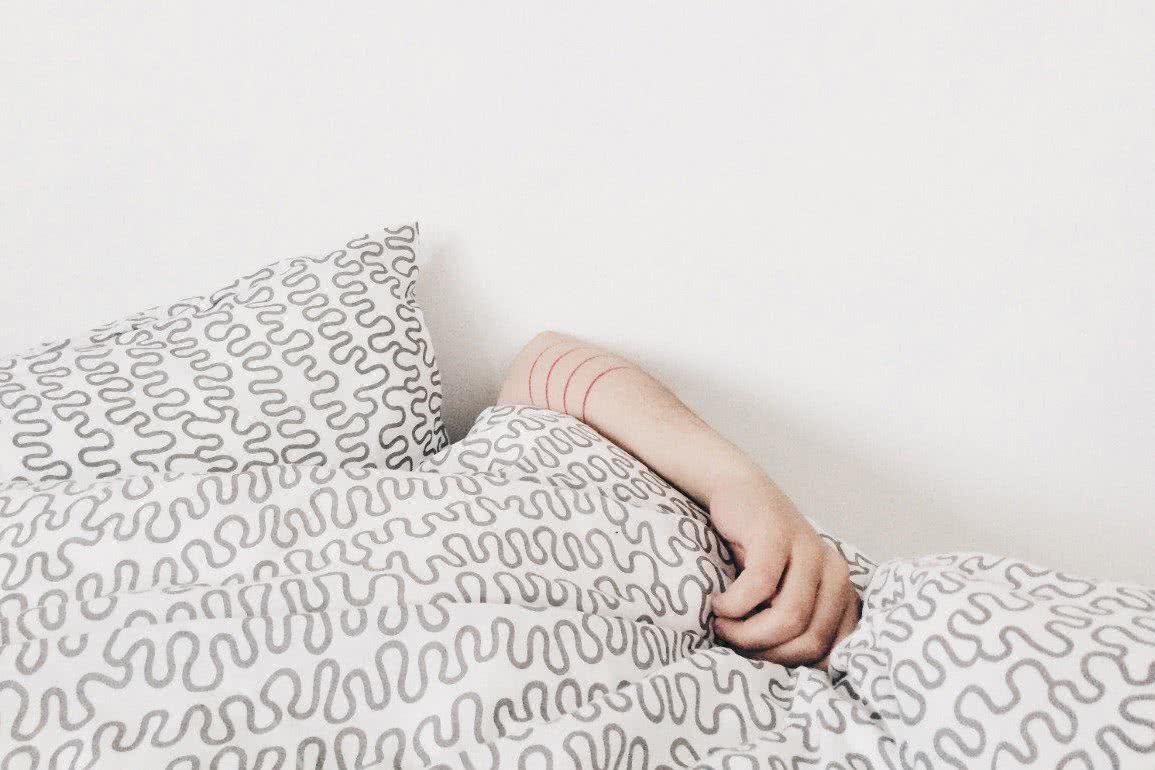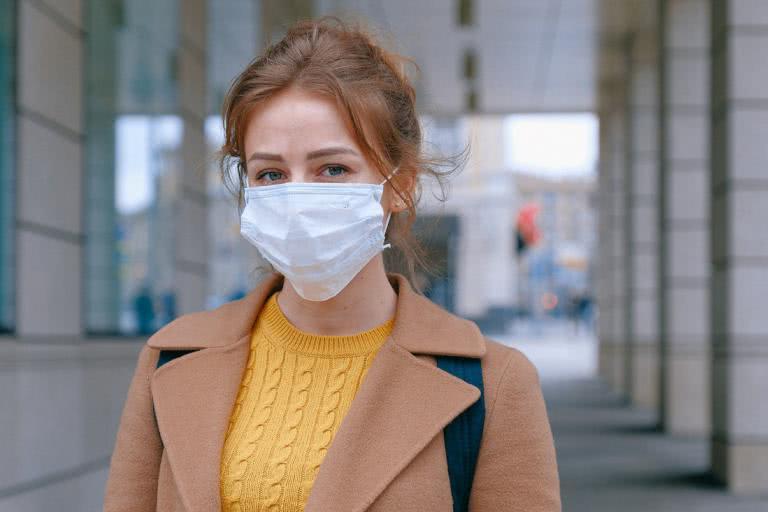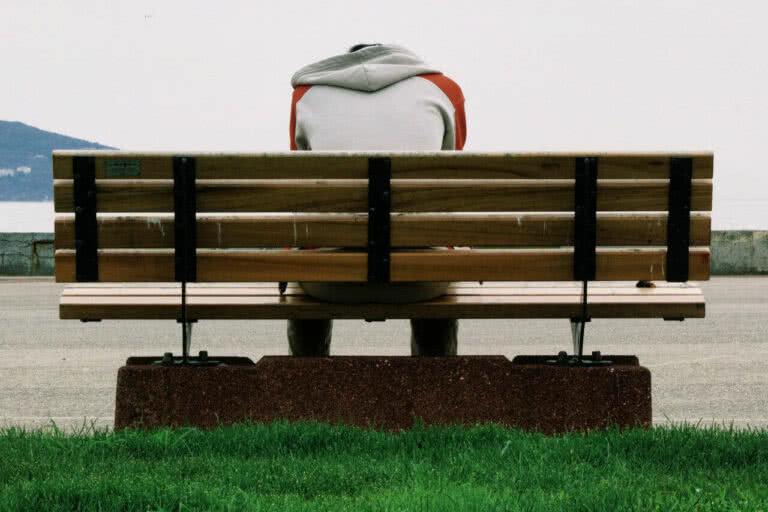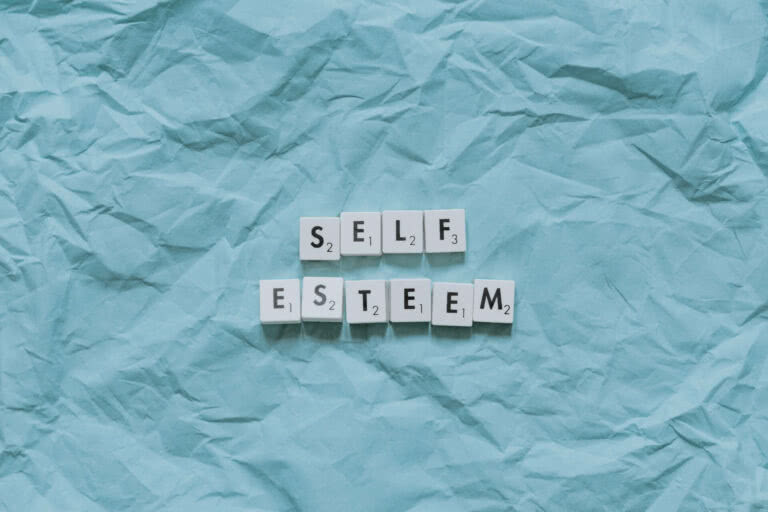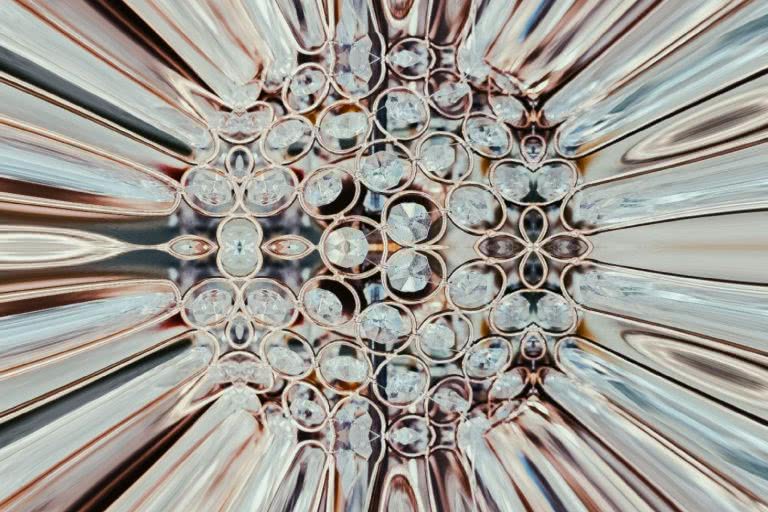5 Steps for Dealing with Depression
If depression is left untreated, sufferers may latch onto a range of self-destructive behaviour patterns that can negatively affect their lives and the lives of those around them. From the outset, it is important to realise that depression is not a sign of personal weakness and can affect anyone at any stage of his or her life. Depression has no respect for class, status, professional achievement, wealth, or the ordinary desire to live a happy fulfilled life. The illness is so pervasive that it affects 300 million people around the world. Crucially, healthcare workers acknowledge that depression is an issue that can be successfully treated.
Because of societal stigmas related to depression, those affected by it tend to internalise their feelings. Unfortunately, however, bottling up emotions often prolongs the healing process and invariably makes those suffering from depression feel worse than they actually are. Depression is often a symptom or sign that you need to stop, reboot and start the process of getting your life back on track.
Here are six steps you can use to deal with depression:
Step 1: Know the Signs and Symptoms of Depression
Recognising depression involves identifying the symptoms. These symptoms differ from person to person, but the most common characteristics include:
- Ongoing sadness
- Significant shifts in sleep routines, appetite and energy levels
- Loss of interest in daily activities and difficulty concentrating
- Ongoing feelings of guilt, hopelessness and emptiness
Step 2: Get Help for Depression
There is no shame in reaching out to a friend or family member when you sense you are depressed. Getting in touch with your doctor or psychologist is the next step in dealing with depression.
Step 3: Get the Best Depression Symptom Diagnosis
It is important to know that there are different types of depression and each one entails different treatment protocols.
Common types of depression include:
- Major depression. Major depression, also termed “unipolar depression” or “major depressive” disorder, is characterised by an ongoing feeling of loss and sadness or a distinct lack of interest in activities you would usually enjoy.
- Dysthymia. Dysthymia is also known as persistent depressive disorder (PDD) and is a mood disorder consisting of the same cognitive and physical problems as depression, with less severe but longer-lasting symptoms.
- Postpartum depression. Postpartum depression, also called postnatal depression, is a type of mood disorder associated with childbirth, which can affect both sexes.
Depression is a distinct mood disorder that creates constant feelings of sadness and loss of oneself, and untreated, it can interfere with your day-to-day functioning. In many cases, depending on the type and diagnosis of depression you have, the next best step in beating the disorder is to start active treatment.
Step 4: Understand the Different Types of Depression Treatment
- Psychotherapy. Psychotherapy makes use of conversation instead of medical or drug interventions. Types of therapy include cognitive behavioural therapy (CBT), trauma therapy and interpersonal therapy, to name a few.
- Medications. If you have a severe depression disorder and are not getting better with psychotherapy, your psychiatrist may prescribe an anti-depressant drug to help you break the depression cycle.
Step 5: Get Comprehensive Care and Treatment for Depression
Receiving the right treatment for depression is crucial to the recovery process. It may take time to find the right therapist and treatment regime, so perseverance is essential. It is vital to understand that there are many things that you can do to help beat depression. These steps include a number of lifestyle alterations and changes such as a healthy diet with raw foods and routine exercise. Depression is not a death sentence, and with the right care, support and lifestyle changes, symptoms can be effectively managed.

